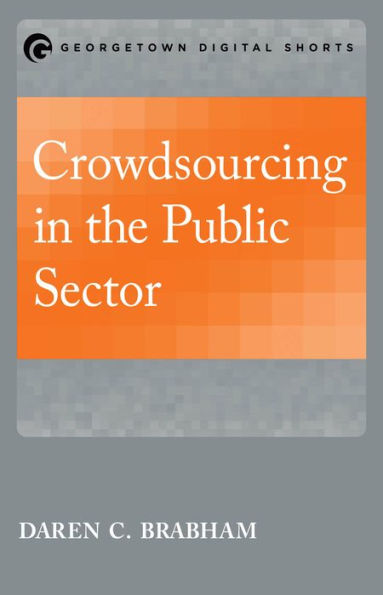Table of Contents
Preface Introduction: Crowdsourcing and Public Participation
1. Crowdsourcing’s Conceptual Foundations 2. Deciding If and When to Use Crowdsourcing Knowledge Discovery and Management (KDM) Distributed Human Intelligence Tasking (DHIT) Broadcast Search Peer-Vetted Creative Production (PVCP) 3. The Planning Phase Best Practice 1: Clearly defi ne the problem and solution parameters Best Practice 2: Determine the level of commitment to the outcomes received Best Practice 3: Know the online community and its motivations4. The Implementation Phase Best Practice 4: Invest in usable, interesting, well-designed tools Best Practice 5: Craft policies in line with the legal needs of the organization and the online community Best Practice 6: Launch promotional and growth plans to sustain the community Best Practice 7. Be honest, transparent, and responsive Best Practice 8: Be involved but let go of control 5. The Post-Implementation Phase Best Practice 9: Acknowledge users and follow through on obligations Best Practice 10: Assess the project from many angles
Conclusion: The Future of Crowdsourcing in the Public Sector5
Notes Bibliography



